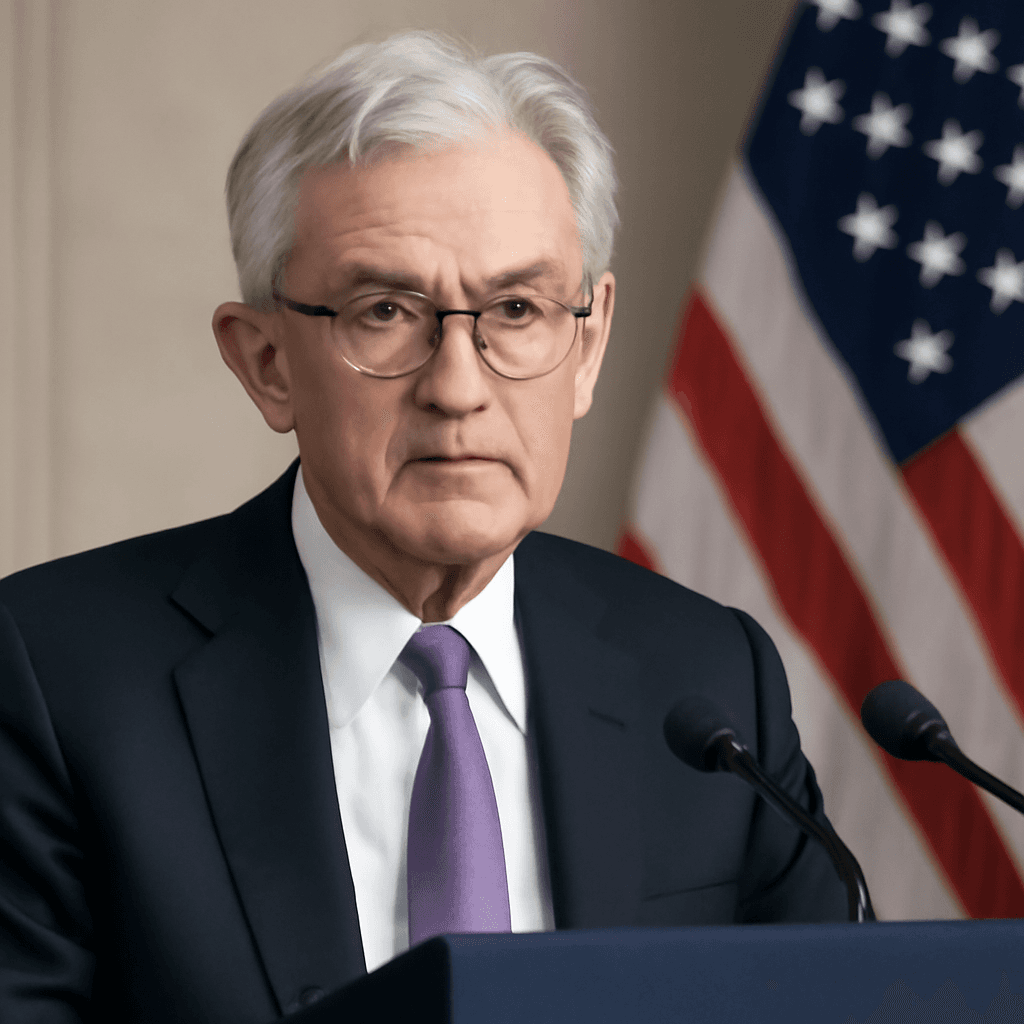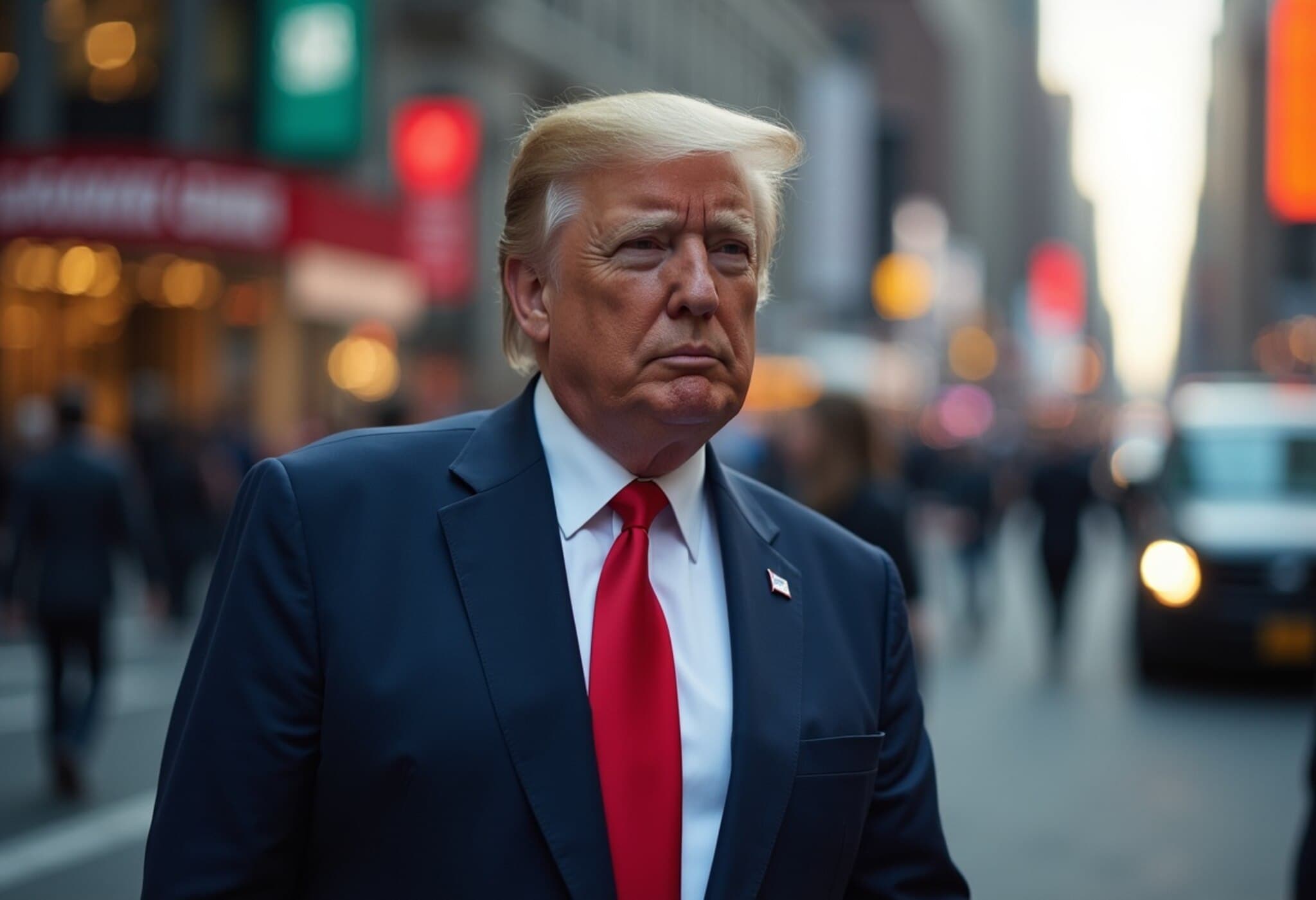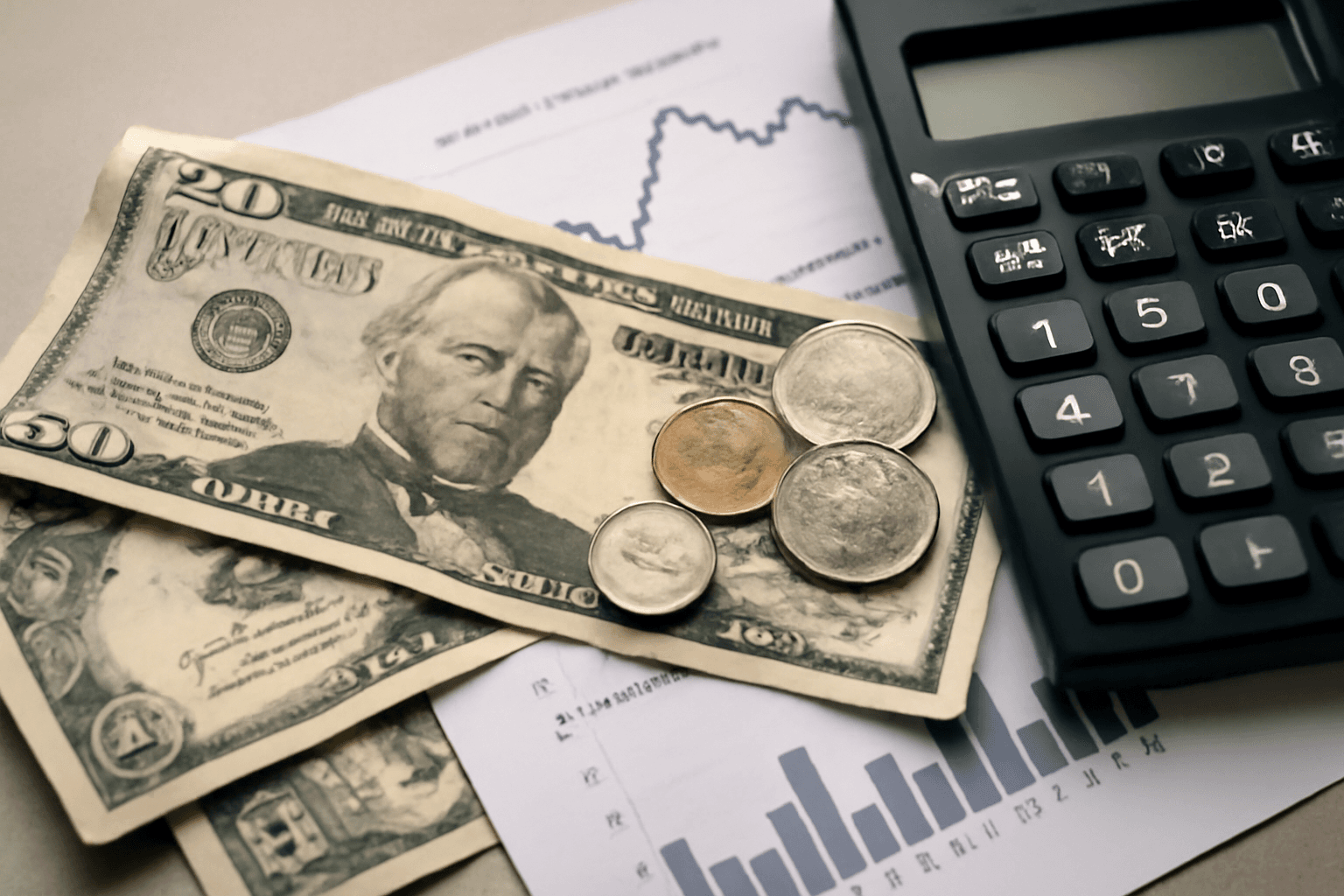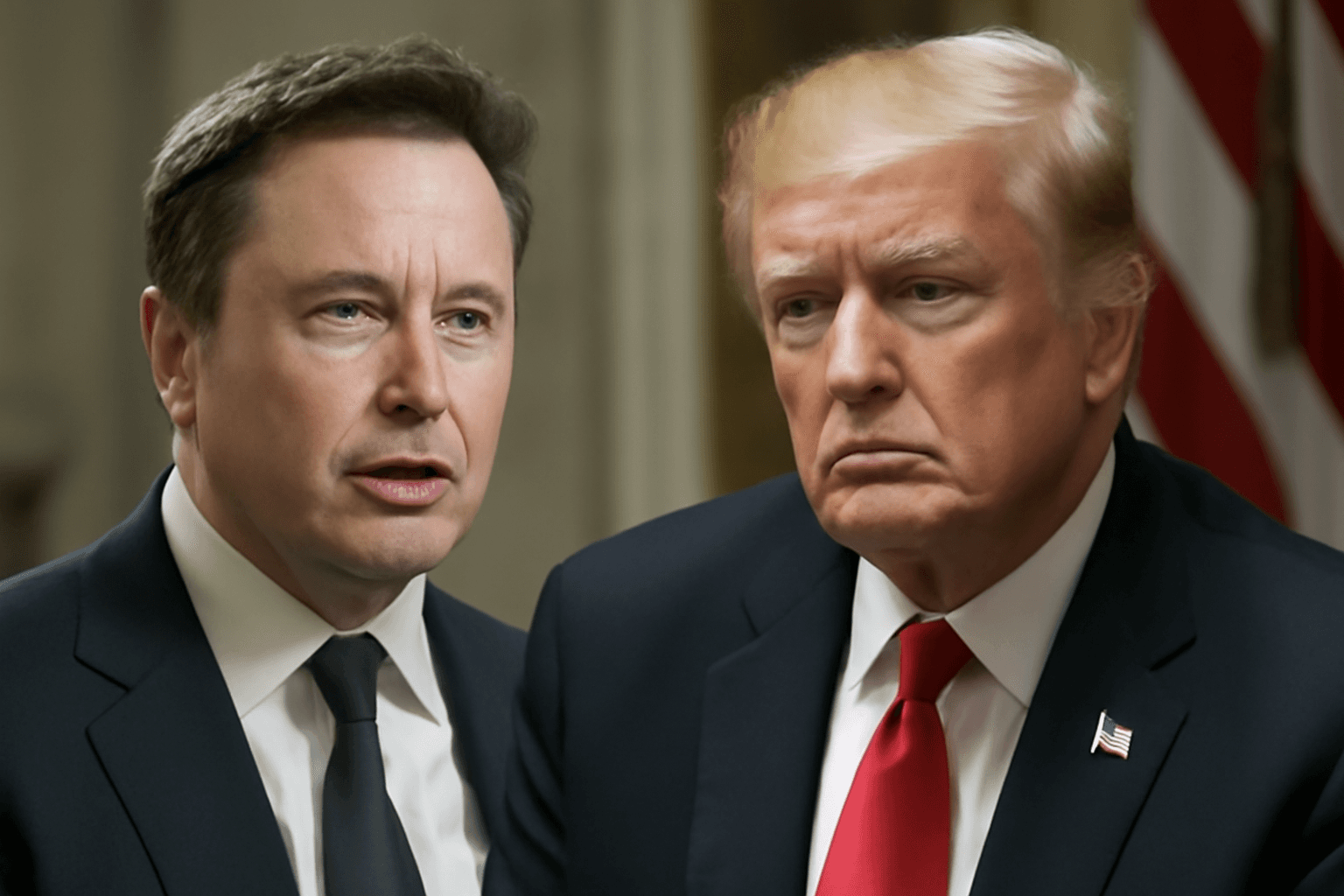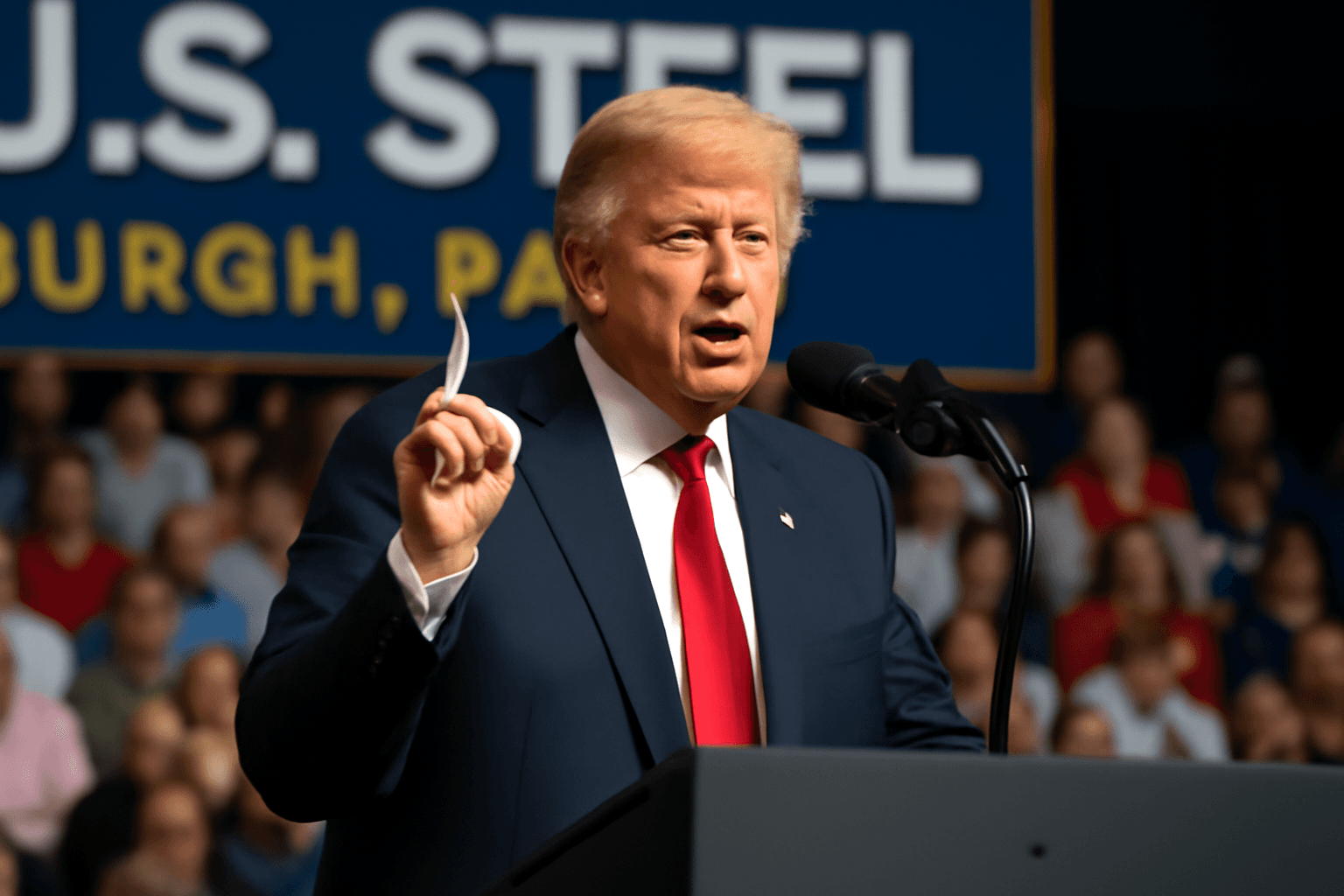Economic Storm Clouds Gather Over a Third of US States
Mark Zandi, Chief Economist at Moody’s Analytics, delivered a sobering assessment that resonates beyond the typical economic forecasts. According to Zandi, approximately one-third of US states are already entrenched in recession or are teetering dangerously close to it. Another third of the states, meanwhile, appear to be economically stagnant, painting a complex and uneven picture of growth across the nation.
Uneven Economic Landscape Across the Nation
Zandi’s analysis highlights that states accounting for nearly a third of the country’s gross domestic product (GDP) are either sliding into recession or face high recession risk. Meanwhile, the middle third are barely maintaining economic stability, while the remaining third still experience some growth.
Geographically, this malaise is widespread but manifests differently regionally. The Washington D.C. metro area stands out due to notable government job cuts, which are significant given the sector's role as a regional economic pillar. Southern states, although among the stronger performers, are showing signs of deceleration, while California and New York hold steady. This resilience from these economic behemoths is critical, as they jointly represent over 20% of the nation’s GDP – a buffer against total economic collapse.
Policy Decisions and Their Ripple Effects
Zandi attributes a substantial part of the economic turbulence to the ripple effects of former President Donald Trump’s policies. The tariff hikes, intended to protect American industries, have paradoxically contributed to inflationary pressures. Coupled with widespread government job reductions, contract cancellations, and strict immigration crackdowns, the economy faces stress points particularly in sectors like agriculture, food processing, and hospitality.
This cocktail of policy actions has had a dual impact: inflating prices while simultaneously constricting employment opportunities, thereby eroding consumer spending power – the engine of the US economy.
Recession Risk Nears 50% as Inflation and Job Growth Tell Troubling Tale
Just last week, Moody’s leading recession indicator, leveraging machine learning algorithms, estimated nearly a 49% chance of recession within the next 12 months. The timing appears critical: late 2025 into early 2026 may see the peak fallout from tariff-induced inflation and stringent immigration policies.
These factors weigh heavily on household incomes, directly influencing consumer spending, which comprises around 68% of GDP. It’s a worrisome scenario because a contraction in consumer spending can quickly cascade through the economy.
Despite some expected relief from upcoming tax cuts and defense spending, which may bolster growth starting next year, Zandi’s forecast indicates the economy might narrowly avoid falling into a full-blown recession, though only just.
Hard Numbers Illuminate the Downturn
Broad economic indicators already tell a tale of strain. Core inflation stood at 3.1% year-over-year recently, indicating stubbornly persistent price rises. Job growth has underperformed expectations, with July delivering only 73,000 new non-farm jobs versus the anticipated 104,000.
Moreover, the unemployment rate ticked up slightly to 4.2% from 4.1%. The revised employment data dragged May’s and June’s job gains sharply downwards, exposing an employment sector far weaker than originally reported.
What Lies Ahead for America's Economy?
The mixed signals from various regions and sectors complicate the national outlook. California and New York’s steady economies provide a vital cushion, yet the widespread government shrinkage in the capital region and slowing Southern states hint at persistent structural challenges.
Simultaneously, inflationary impacts and labor market softness create a precarious balance. Policymakers are poised at a crossroads: the potential benefits of future fiscal stimulus versus the need to manage inflation without derailing fragile recovery efforts.
Expert Perspective: Navigating the Crosscurrents
Economists emphasize that state-level recession data offers a granular view often missing from national headlines. This patchwork nature of growth and decline suggests policy responses must be carefully tailored, recognizing that a one-size-fits-all strategy risks leaving some regions deeper in trouble.
From a legal and economic policy standpoint in the US, the interplay of trade protectionism, immigration policy, and government expenditures now demands nuanced debate. For industries reliant on immigrant labor, such as agriculture and hospitality, tightening immigration policies pose risks that may exacerbate labor shortages and dampen productivity.
Conclusion: A Nation at an Economic Crossroads
The data and expert insights reveal a US economy grappling with regional disparities, policy-induced headwinds, and fragile growth prospects. While a full recession is not yet a foregone conclusion, the proximity to economic contraction underscores the urgent need for vigilant, flexible policy responses that balance growth, inflation control, and labor market stability.


